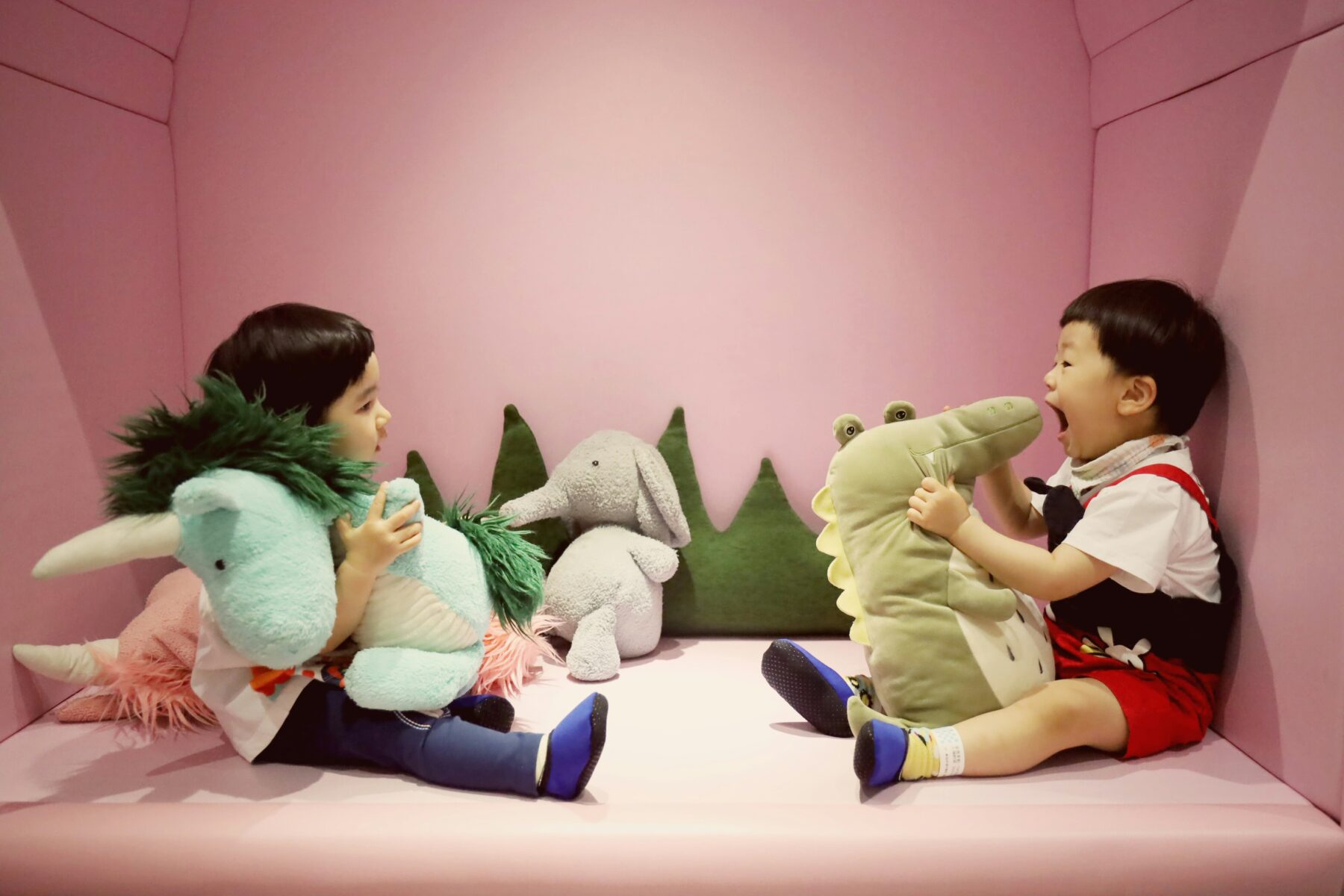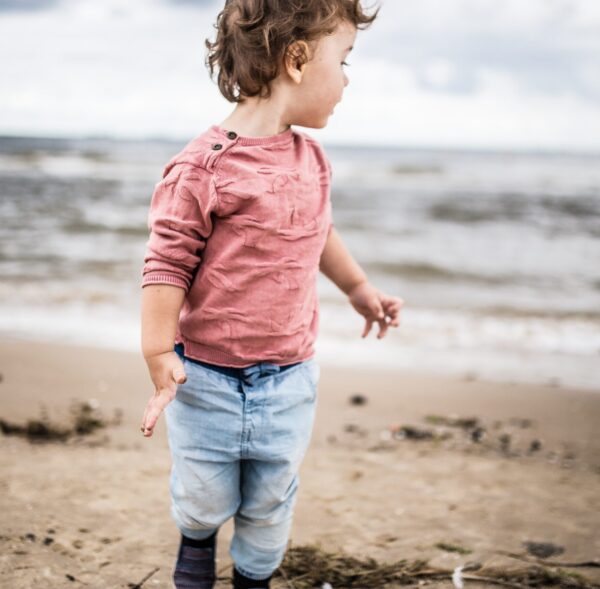Watch and wait: what Japan’s philosophy of education can teach Australia

Professor Yosuke Hirota from Osaka Metropolitan University has once again placed an ancient Japanese concept into the forefront of contemporary early childhood education and care (ECEC) discussion, speaking about the origins of the mimamoru approach.
The mimamoru approach is a pedagogical strategy and gets its name from a portmanteau of the Japanese words mi, meaning watch, and mamoru, meaning guard or protect. It is generally understood as “teaching by watching” — where adults, including early childhood educators, intentionally let children handle disagreements on their own to promote their learning through voluntary exploration and actions.
‘Watching’ does not mean that adults ignore the safety of children – Japanese educators intervene when the risk of physical harm caused by fighting is greater than the benefit for children to learn.
While the strategy is not an official part of Japan’s ECEC curriculum, it is treated as an implicit guideline and reflects Japanese socialization practices at home and school, where it is a norm for grownups to wait for children to respond to problems and guide them to take ownership of their learning.
The mimamoru approach has its roots in a pre modern concept of nature, according to Professor Hirota, who looked into the works of Sozo Kurahashi (1882-1955) and Kitaro Nishida (1870-1945) to see how this concept of nature from the past made its way into education in the present day.
Kurahashi’s writing on education influenced ECEC in Japan, while Nishida was one of the prominent philosophers of Kurahashi’s time.
It is well known in classical literary studies that the concept of nature in Japan had two meanings: voluntary, “from the self,” and spontaneous, “beyond the self.” What Professor Hirota found is that this concept has been carried over into modern education in Japan.
“Japanese educational philosophy has maintained a balance between acting by one’s will and entrusting oneself to something beyond its will,” Professor Hirota said.
Kurahashi developed a theory of guidance (yūdō), likened to guiding the course of a river as it continues its inevitable flow. Professor Hirota said the achievement of his paper has been to find that this theory of guidance has its roots in Japan’s traditional concept of nature.
To access Professor Hirota’s thoughts please see here.
Popular

Workforce
Policy
Quality
Practice
Provider
Research
ECEC must change now, our children can’t wait for another inquiry
2025-07-02 07:47:14
by Fiona Alston

Events News
Workforce
Marketplace
Practice
Quality
Provider
Research
An exclusive “Fireside Chat” with ECEC Champion Myra Geddes
2025-07-01 11:25:05
by Fiona Alston

Workforce
Practice
Provider
Quality
Research
Supporting successful transitions: Big moves, big feelings
2025-06-26 11:00:30
by Fiona Alston











